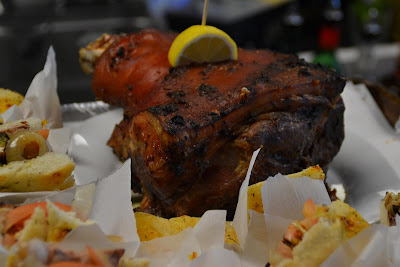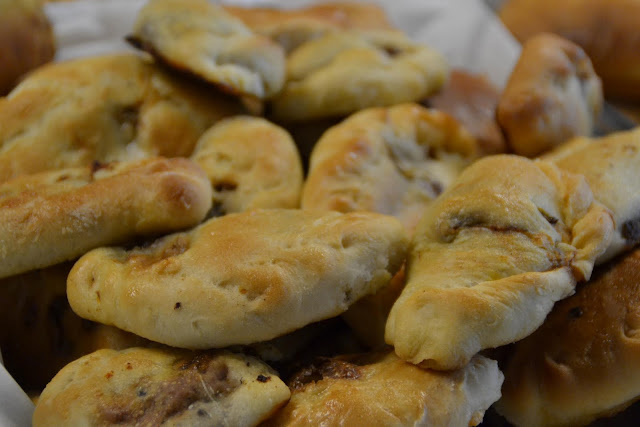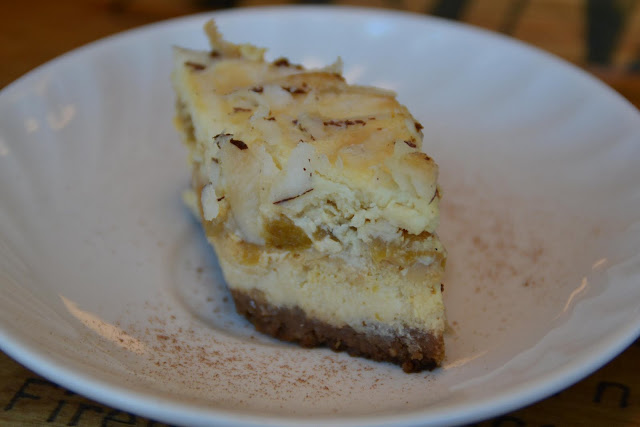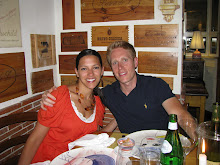I'm big on what I consider "essence" soups...derived from few ingredients, intended to let the natural flavor of the primary element shine through. When designed around vegetables, it usually means cooking with dry heat to concentrate flavors, then liquefying with mild vegetable stock, and pureeing to finish so as to give the impression of a cream without actually adding any dairy.
In this recipe it's the mild but distinct flavor of cauliflower, with a small amount of potato added for body, along with an apple thrown in for a just discernible touch of sweetness. Whereas you could take it to another level with some spices reminiscent of faraway lands, or some actual cream, I like the close-to-the-earth simplicity of this method. I do often garnish such soups with some game changer though, like polenta croutons with squash soup, and in this case I used some American bacon. It obviously tastes good, but I suggest having a light hand with it, otherwise the abundant flavor will mute the delicate cauli it's really all about. Try some nice crusty bread though since this is a full bodied recipe and requires some zopping. You'll probably find the consistency is quite hearty per this recipe, so it can easily double as a sauce served with a protein for a complete meal.
Ingredients:
2 medium heads cauliflower
1 onion
1 apple (granny smith or something good for baking)
1 lb. potatoes
3-4 sprigs fresh thyme
About 2 liters vegetable stock, recipe follows
Extra virgin olive oil
Salt and pepper to taste
Optional: 1/2 lb. bacon, cooked and roughly chopped
Preheat the oven to 400 F. Heat the vegetable stock to a simmer in a pot.
Toss in a bowl with enough olive oil to coat and salt and pepper to taste. Turn out onto baking sheet(s) in an even layer without overcrowding, and cook in the oven 30 minutes, until the edges of the cauliflower are brown and everything is tender.
Add the ingredients from the baking sheets and then begin ladling stock to just cover everything. Cook about 10 minutes at a gentle boil, or until the potatoes are tender.
Transfer everything to a blender, in batches if necessary, and puree, adding stock as needed to achieve the desired consistency. Season to taste with salt and pepper. Return the puree to the saucepan and heat through. Serve with some fresh thyme leaves for garnish, some crusty bread and/or pieces of bacon.
Vegetable Stock:
1 onion, peeled and quartered
2 ribs celery, cut into a couple pieces each
2 carrots, peeled and cut into a couple pieces each
A few whole peppercorns
Salt to taste
Vegetable Stock:
1 onion, peeled and quartered
2 ribs celery, cut into a couple pieces each
2 carrots, peeled and cut into a couple pieces each
A few whole peppercorns
Salt to taste
Place the vegetables and peppercorns in a large pot and fill almost to the rim with water. Bring just to a boil, then lower to a gentle simmer. Let it cook an hour, more if you'd like, then season to taste with salt. Can be stored several weeks in a refrigerator or several months in a freezer.











